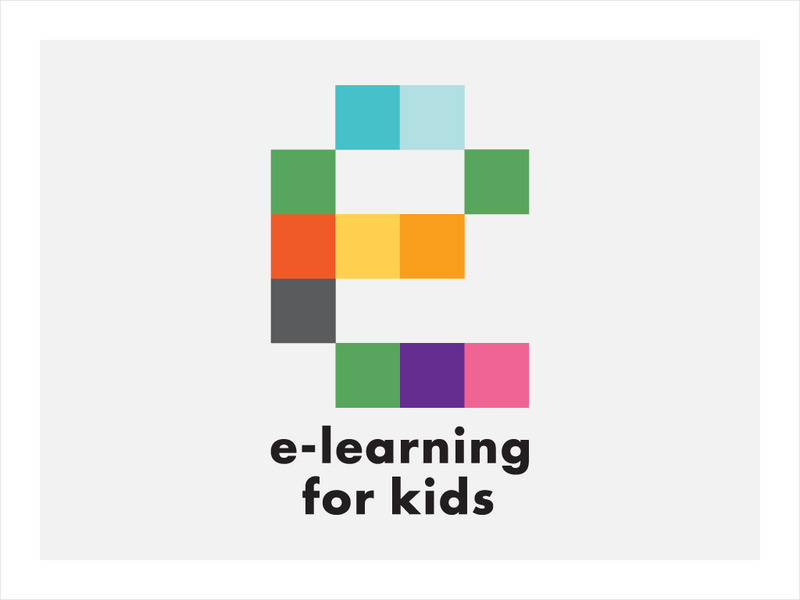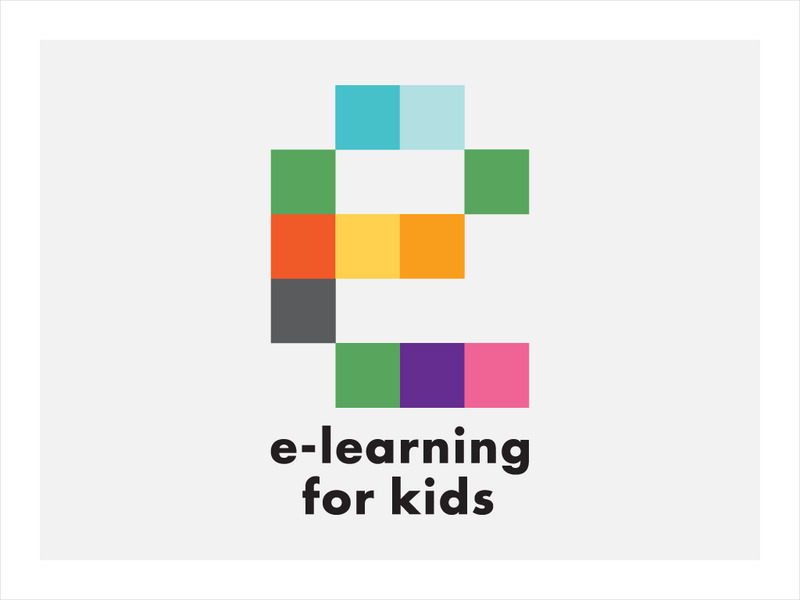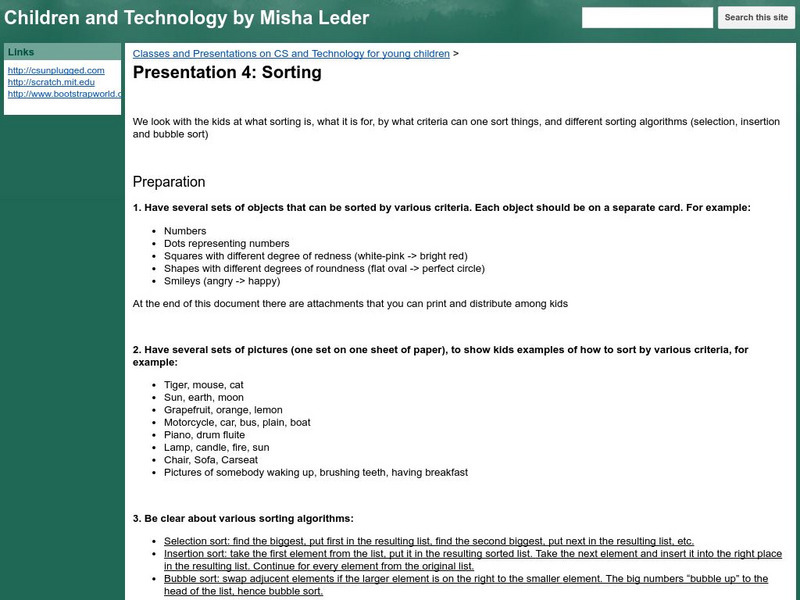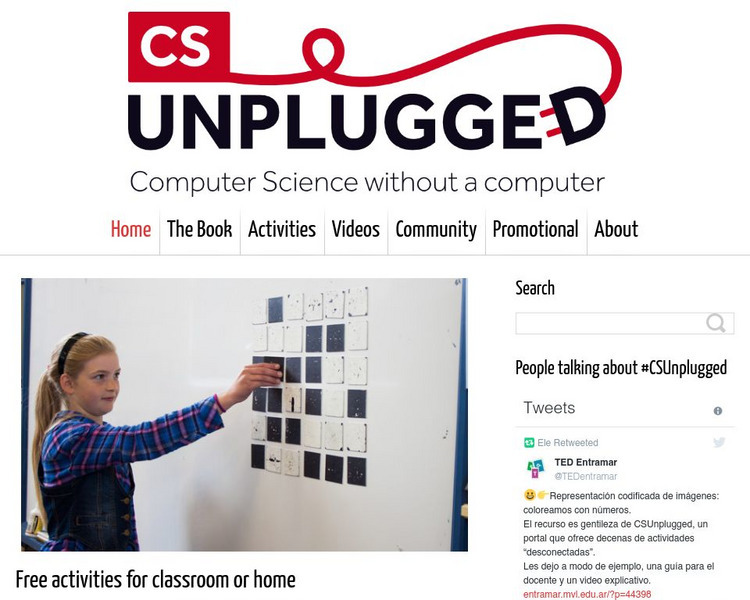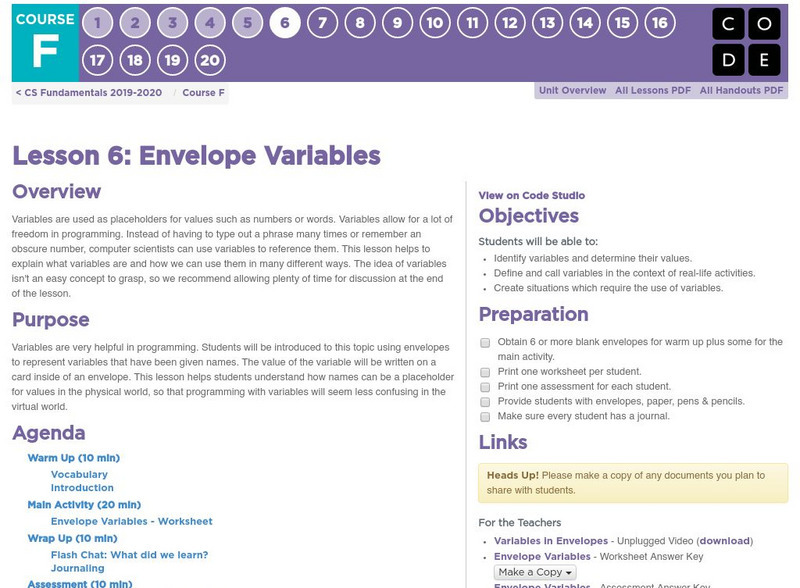Hi, what do you want to do?
Khan Academy
Khan Academy: Interactive Vector Motion
Understanding and programming interactive vector motion by calculating an objects acceleration according to a rule stated in Algorithm 3-the object accelerates towards the mouse.
E-learning for Kids
E Learning for Kids: Math: Australlia Bbq Party: Addition
Students will complete a series of learning games to practice addition with standard algorithms.
E-learning for Kids
E Learning for Kids: Math: Penguins: Division
This interactive site allows students to practice their division skills. At the end of the lesson students will be able to divide mentally using divisibility tests, solve word problems using division strategies, and use a written...
Other
Nearpod: Subtraction With Regrouping: Three Digit
In this lesson on subtraction, students will use the break apart strategy, draw a model, or the standard algorithm to subtract 3-digit numbers.
E-learning for Kids
E Learning for Kids: Math: Hamburger Restaurant: Addition and Subtraction
On this interactive site students practice addition and subtraction skills. At the end of the lesson students will be able to solve addition problems using a formal written algorithm and use various strategies to solve unfamiliar problems.
Other
Nearpod: Subtraction With Regrouping: Two Digit
In this lesson on subtraction, learners will use the break apart strategy, draw a model, or the standard algorithm to subtract 2-digit numbers.
Science Buddies
Science Buddies: Digital Image Processing
Students who are mathematically inclined can use the student version of a program like MatLab or Mathematica to convert a digital image into numbers, then perform operations such as sharpening or special effects. This is a great way to...
Curated OER
Google for Education: Children and Technology: Sorting
Students learn about data sorting, and by what criteria can one sort things by different algorithms such as selection, insertion and bubble sort.
TED Talks
Ted: Ted Ed: What's the Fastest Way to Alphabetize Your Bookshelf?
You work at the college library. You're in the middle of a quiet afternoon when suddenly, a shipment of 1,280 books arrives. The books are in a straight line, but they're all out of order, and the automatic sorting system is broken. How...
TED Talks
Ted: Ted Ed: Inside Ok Cupid: The Math of Online Dating
Christian Rudder, one of the founders of popular dating site OKCupid, details the algorithm behind connecting couples online. [7:30]
University of Canterbury
University of Canterbury: Cs Unplugged
A collection of free learning activities that teach computer science through games and puzzles that use cards, string, crayons and lots of running around. The activities introduce students to computational thinking through concepts such...
Illustrative Mathematics
Illustrative Mathematics: F if Running Time
This task provides an application of polynomials in computing. Students are asked to calculate the running time of algorithms for loading images of different sizes. They then graph the running time polynomials and decide which is more...
Code.org
Code.org: Cs Fundamentals: My Robotic Friends
This unplugged lesson brings the class together as a team with a simple task to complete: get a "robot" to stack cups in a specific design. This activity lays the groundwork for the programming that young scholars will do throughout the...
Code.org
Code.org: Cs Fundamentals: Lesson 4: Debugging With Laurel
Learners will practice debugging in the "collector" environment. Students will get to practice reading and editing code to fix puzzles with simple algorithms, loops and nested loops.
Khan Academy
Khan Academy: Ap Computer Science Principles
A basic introductory course to computer science. Covers what computers are, their parts, and what they do; what the Internet is and how it works; some basic programming concepts; algorithms; data analysis; and global impact of computers...
Khan Academy
Khan Academy: Lossless File Compression
Practice using lossless text and image compression algorithms and considering what data can be compressed most easily.
George Mason University
Lesson Plans: Whole Number Algorithms Base Ten Blocks
Brief lesson plans that show how to use base ten blocks to do all four operations and a little bit of algebra.
University of Hawai'i
University of Hawaii: Bubble Sort
This page explains how a bubble sort works along with examples and source code.
University of Canterbury
Cs Unplugged: Parity Magic
This activity will look at how computers correct errors automatically.
Code.org
Code.org: Cs Fundamentals: Lesson 8: Changing Variables With Bee
This lesson will help illustrate how variables can make programs more powerful by allowing values to change while the code is running.
Code.org
Code.org: Cs Fundamentals: Lesson 7: Variables With Artist
n this activity, students will explore the creation of repetitive designs using variables in the Artist environment. Students will learn how variables can be used to make code easier to write and easier to read, even when the values...
Code.org
Code.org: Cs Fundamentals: Lesson 6: Envelope Variables
This instructional activity helps to explain what variables are and how we can use them in many different ways.
Khan Academy
Khan Academy: Move Three Disks in Towers of Hanoi
Move three disks in Towers of Hanoi, following the steps learned.
Wikimedia
Wikipedia: Encryption
Wikipedia provides a basic definition of encryption, and distinguishes between the two encryption methods: symmetric and asymmetric key algorithms.
Other popular searches
- Numerical Algorithms
- Division Algorithm
- Multiplication Algorithms
- Addition With Algorithms
- Addition Algorithms
- Subtraction Algorithms
- Standard Algorithm
- Math With Algorithms
- Partial Products Algorithm
- Partial Sums Algorithm
- Adding Integers Algorithm
- Dividing Algorithm







